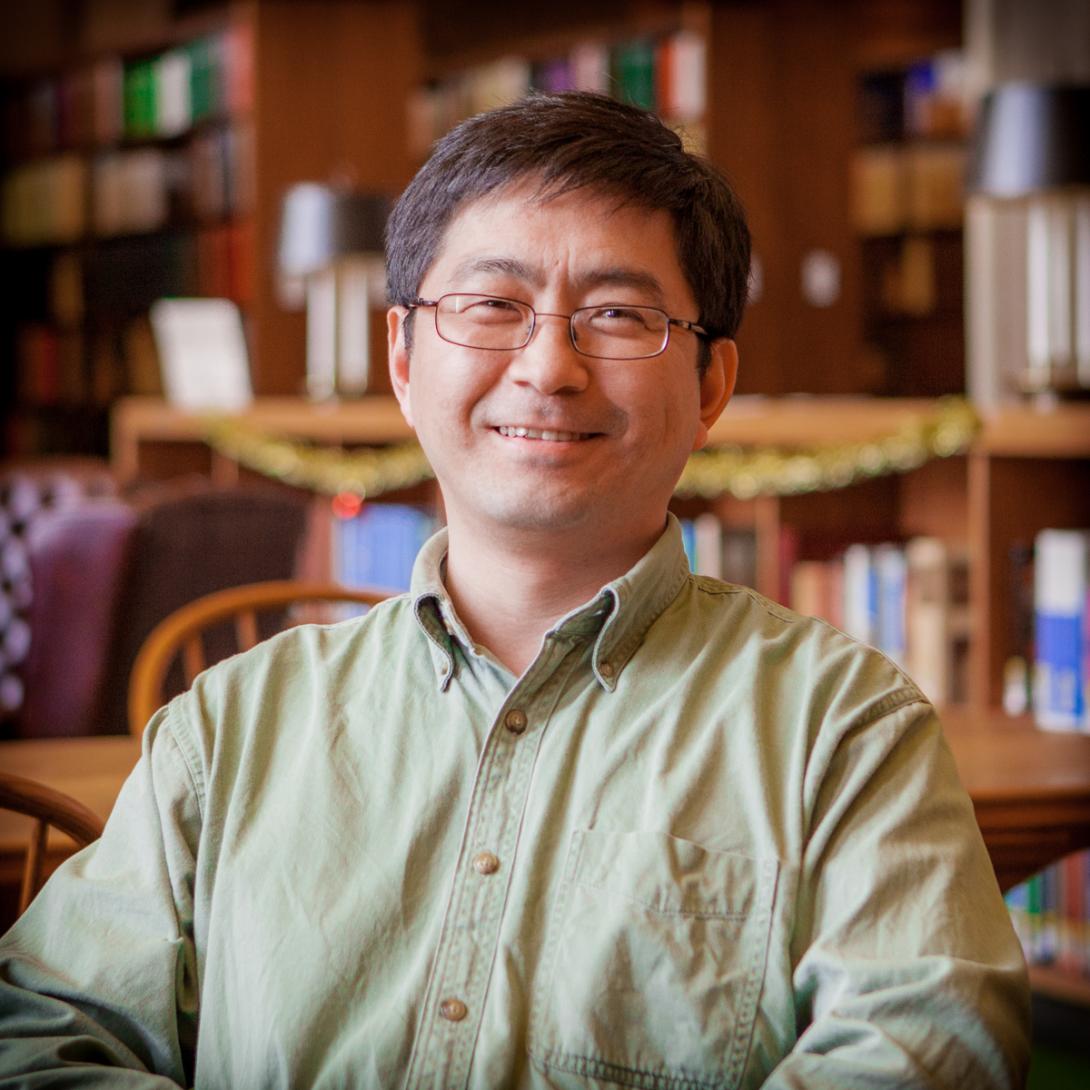
Haixin Sui, PhD
We are interested in understanding the structural basis of macromolecular assemblies in their functional context. The lab utilizes structural imaging methods, in combination with molecular and biochemical approaches, to study the structure and regulation of macromolecular complexes and organelles in cells. The integrated information provides unique insights into the functional mechanisms of macromolecular assemblies and sub-cellular organelles. Our current projects focus on the cilia of epithelial cells for sensing and responding to extracellular environmental changes.
We investigate the structure of primary cilia in kidney cells to understand the structural basis of their sensory functions. Primary cilia of epithelial cells are whip-like organelles extending into extra-cellular space away from the cell surface. They serve as cell antennae for sensing extra-cellular signals. Primary cilia are microtubule-based complexes enveloped by a ciliary membrane that includes an extensive complement of membrane proteins. Specific ciliary membrane proteins e.g. Wnt and Hedgehog, are key players in signaling pathways that are critical for embryonic development and organgenesis.
We are also interested in the structural regulation of epithelial cells in responding to extracellular environmental changes. In addition, we study the structures of macromolecular complexes of infectious pathogens in collaboration with other Wadsworth scientists.
Driven by the needs of our research projects, we also develop and implement new methods for specimen preparation and computational image processing in electron microscopy.
Learn more at the 3D Electron Microscopy Group pages.